In remote northwestern Australia, two young ecologists watch their helicopter disappear into the distance. They are suddenly very alone in one of the most spectacular places on earth.
Aquatic ecologist James Shelley fishes for new species in the remote Kimberley. © Matt Le Feuvre.
Matt Le Feuvre had never been anywhere quite so remote nor beautiful ‒ a pristine gorge nestled in the far northwestern Kimberley.
"It was just a stunning spot," he says. "We had our own little glade of rainforest coming down to the riverside. The sandstone was beautifully polished by the wet season flows, so you could basically walk around barefoot everywhere. We had quolls coming into our camp at sunset every night, and monjons, which are tiny hopping kangaroos."
Le Feuvre and his collaborator James Shelley, both PhD candidates at the University of Melbourne, were there to catch fish. The Kimberley region in Western Australia is known for its dazzling array of endemic freshwater species, but very little is known about them; scientific expeditions have been few and far between.
A riverside camp site in the Kimberley. © Matt Le Feuvre.
"It’s a very rugged, remote and beautiful part of Australia," says Le Feuvre. "It’s incredibly biodiverse, and the freshwater fish fauna is no different. So there’s a whole lot of freshwater fish found in the region, many of which are found exclusively in the Kimberley region, and for a lot of these species we basically know nothing about them except that they exist."
The Kimberley research project was conceived by Le Feuvre's supervisors, Steve Swearer and Tim Dempster from the University of Melbourne, who wondered over morning coffees if the region's rivers were still hiding a few secrets. They secured funding from the Hermon Slade Foundation, and Le Feuvre eagerly jumped on board. He had worked with Swearer previously, studying fish in Port Phillip Bay and along the Victorian coastline. He also had several years' experience conducting research in remote central Australia, so the lure of the Kimberley was too strong to ignore.
University of Melbourne ecologist Matt Le Feuvre holding a sooty grunter (Hephaestus fuliginosus). © Matt Le Feuvre.
The Kimberley has always held a certain mysterious allure for travellers. The region is the northernmost in Western Australia, and covers twice the area of Victoria. It's also exceptionally remote ‒ in many places, you can walk for hundreds of kilometres before you encounter any form of human habitation.
“The classic Kimberley is rugged deep gorges, carved through ancient sandstone rock on the Kimberley plateau," says Le Feuvre. "And then you have rivers running through more open plain country with pandanus on the banks, which is home to some interesting bird species like the purple-crown fairy-wren."
Le Feuvre and Shelley set about surveying as much of the Kimberley as their schedule and finances would allow. In total, they covered 17 river systems, including almost every river between the towns of Kununurra and Derby. Most rivers were accessible by road, albeit very poor ones, but the more remote sites could be reached only by helicopter.
James Shelley makes a routine evening call via satellite phone in spectacular surrounds. © Matt Le Feuvre.
The researchers began surveying rivers using underwater cameras, electrofishers and nets, and it didn't take long before they struck gold: a species entirely new to science.
“The first species we found, it was a pretty exhilarating experience," says Le Feuvre. "High fives, excited satellite calls, particularly when they’re so distinct. A lot of new species today require extensive genetic work, really intensive taxonomy, to understand and differentiate from described species. So to be able to see a species from the riverbank and say ‘that’s something new’, that’s very exciting."
This new species was shortly followed by another, and another, and another. The Kimberley, it seemed, was awash with undescribed freshwater fish.
"Over nine months of surveying, we’ve managed to uncover 20 new species of freshwater fish, most of them from the grunter family," says Le Feuvre. These new species ‒ including 16 grunters (family Terapontidae), three gudgeons (Eleotridae) and one hardy head (Atherinidae) ‒ represented a 10% increase in Australia's known freshwater fish diversity. This incredible result highlights how the Kimberley is still very much, in scientific terms, a blank space on the map.
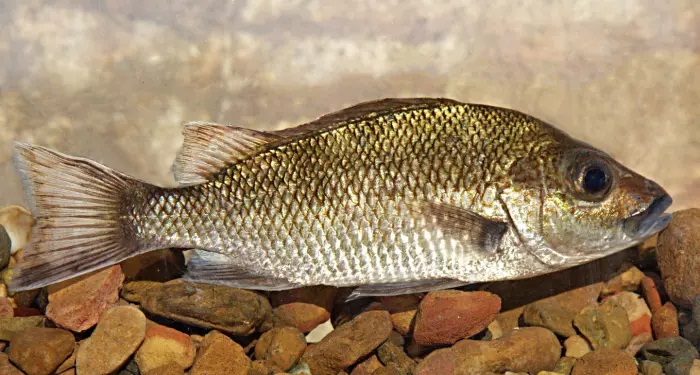
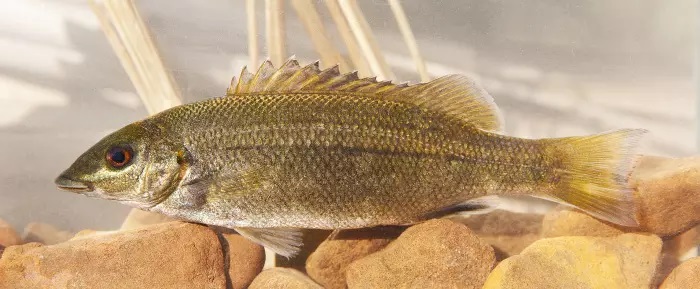
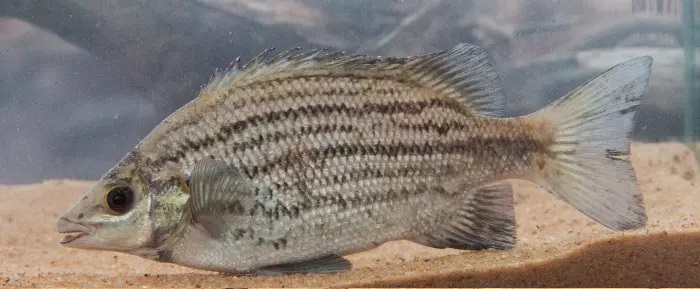
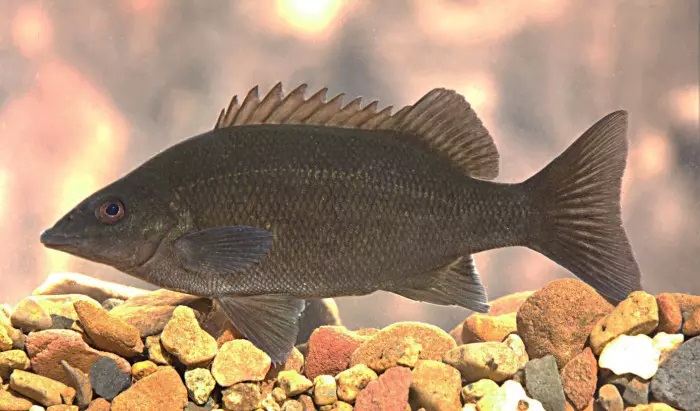
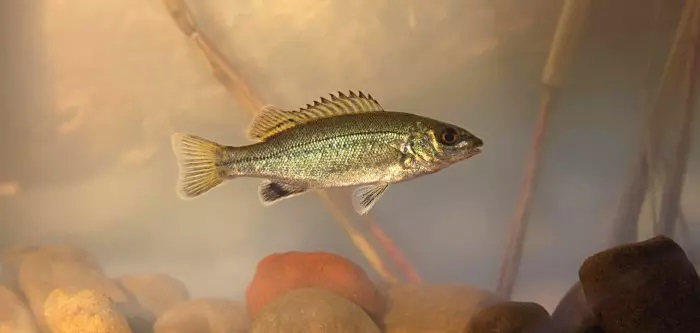
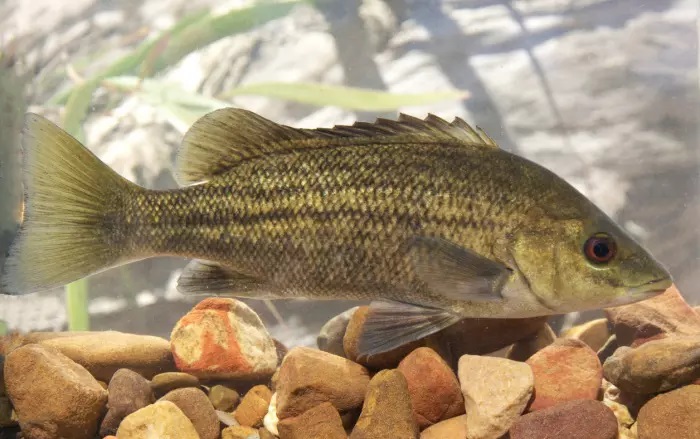
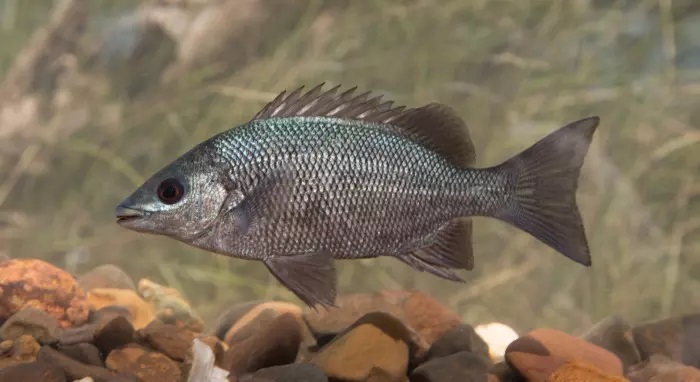
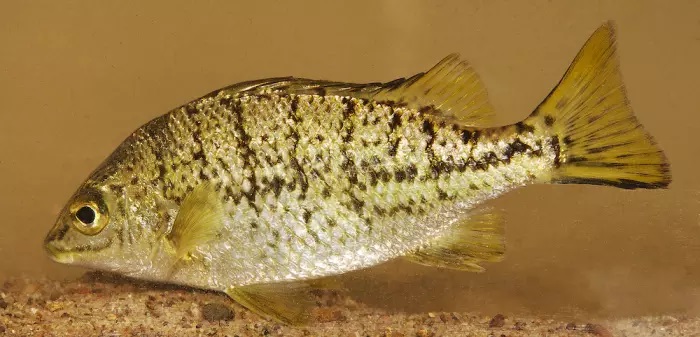
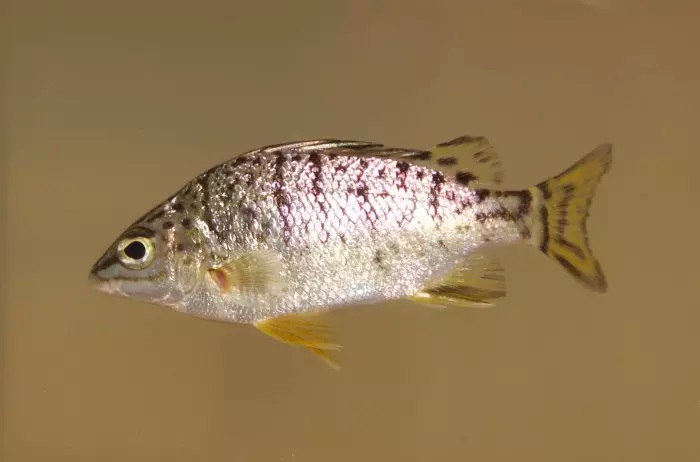
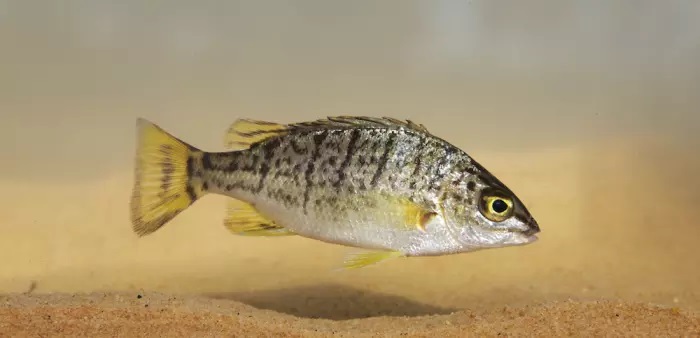


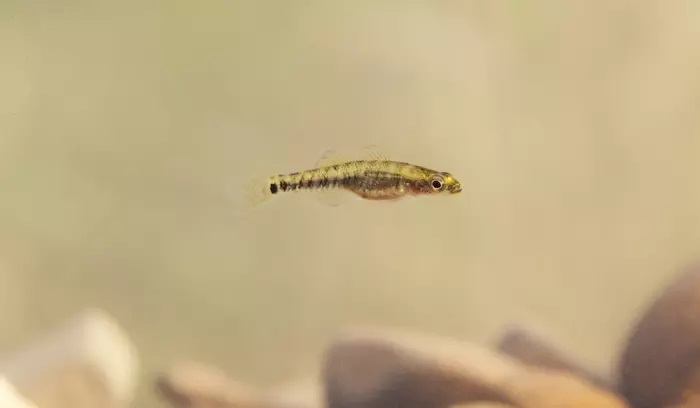

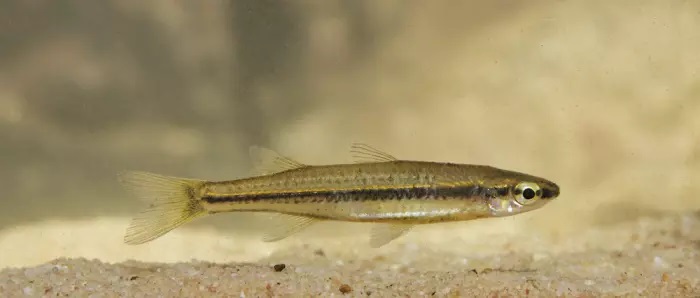
"It never got old," says Le Feuvre. "It was so exciting, going to a new river system that had basically never been surveyed before and throwing the nets in, and just waiting with bated breath to see what you would find. It’s a real frontier up there.
"Probably the most interesting species we found is one in the genus Hannia, which is a Kimberley endemic genus. It grows to almost 30cm in length. It’s a very beautiful fish; it’s golden on top, fading down to a silvery colour on the bottom. It’s got a big eye, so it’s probably a visual predator. It’s large, it’s enigmatic, it’s only found in the Kimberley."
This new species, netted in the Prince Regent River, is set to be named Hannia wintoni, after West Australian author and environmental advocate Tim Winton.
These discoveries were made against a backdrop that could be as treacherous as it was beautiful. On one occasion, Shelley butted heads with one of the river's meaner inhabitants. Le Feuvre remembers the incident vividly. While snorkelling the Glenelg River, he heard a strangled shout nearby: "I stuck my head out, and James said 'I’ve just been bitten on my head by a freshwater crocodile,' with a few more words in there that I won’t repeat, and I swam faster than Ian Thorpe to get out of the water."
Fortunately, Shelley's bite wounds were not life threatening, but infection was still a concern. The pair called in a helicopter to retrieve them; even then, it was two days before Shelley made it back to Kununurra for medical treatment.
Freshwater crocodiles (left) are less dangerous than salties, but can still pack a punch, as James Shelley found out (right). © Matt Le Feuvre.
It's not just the thrill of discovery that is driving Le Feuvre's research. In 2015, the Federal Government published a White Paper on developing northern Australia, including water resources for irrigation and large-scale agriculture. History has taught us that native fish do poorly in the face of major development, and Le Feuvre is hoping that his discoveries will help shape future conservation measures.
In a study published this year, Le Feuvre and his collaborators tried to identify species across Australia that are most vulnerable to extinction. He used a 'triple jeopardy' model based on three species traits: geographic range size, relative abundance, and lifestyle.
"So on one end," says Le Feuvre, "you have a species that’s found all across Australia, it’s incredibly abundant and it basically eats everything, reproduces a lot, can live at all temperatures: that species is not likely to be at risk of extinction.
"But if you have a species with a small geographic range, it’s not very abundant, and it has a very specialised lifestyle... that species is far more likely to go extinct, should its environment change."
The sun rises over the Victoria River, Western Australia. © Matt Le Feuvre.
Le Feuvre modelled the traits most commonly seen in officially endangered fish species, and identified other, little-studied species with similar characteristics. Using this approach, he could predict which fish are vulnerable to human impacts. An alarmingly high proportion of species at risk are found in Australia's wet tropics, the Arnhem plateau and the Kimberley.
Understanding these new species is crucial if we are to protect them, and much of this knowledge could come from unexpected sources. Le Feuvre is quick to point out that his newly-discovered species, while certainly new to science, aren't necessarily new to humans. The indigenous inhabitants of the Kimberley probably dined on these fish for thousands of years, says Le Feuvre, and these oral traditions are an unappreciated resource.
"I think scientists are not particularly good at being social scientists, as well as being true research scientists," he laments. "Be it traditional owners, or fisherpeople, hunters – they all have a huge wealth of knowledge that I feel scientists should probably spend a lot more time trying to tap into."
Edited by Ellie Michaelides, and supported by Myriah Hankins



































































